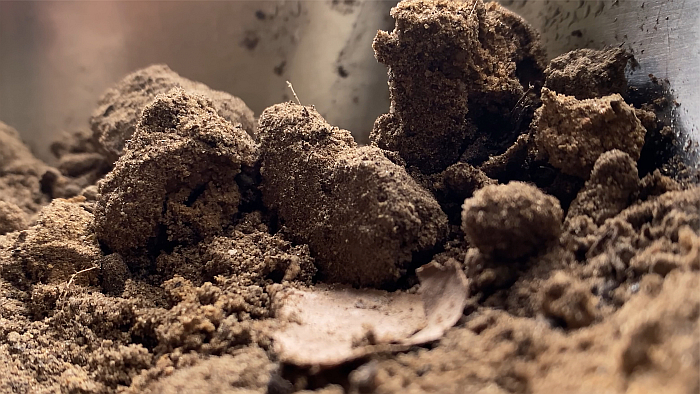5 New Design Exhibitions | Architecture | Design Tourism | Designer | Everyday Design | Exhibitions and Shows
In the fickle and vainglorious world of cinema January is a so-called Dump Month, a month when all those films studios have lost faith in get released en mass without publicity in the hope that no-one will see them. Far less remember them.
Which is not only extremely arrogant, a belief that just because you don't appreciate something no-one else will, but an outrageously decadent waste of a month when, certainly in the northern hemisphere, most people are looking for spaces in which to not only physically escape the cold and dark but in which to stimulate their cerebral powers and their understandings of the worlds in which we live and create as a way to metaphysically escape a month that otherwise only exists to enable regret at the excesses of December.
The world of architecture and design museums are however always on your side. Twelve months a year.
Our five physically and metaphysically meaningfully refuges from and for January 2025 can be found in Zürich, New York, Linz, Jyväskylä and London......
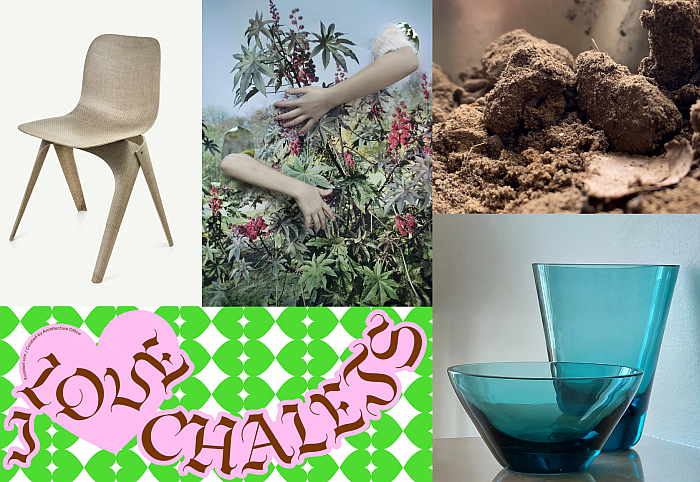
Timeously to the start of the 2025 winter holiday season ZAZ Bellerive - Zentrum Architektur Zürich present an exploration of the Alpine chalet in its myriad idolised, romanticised, corrupted, and actual, real, incarnations.
And that, appositely, in a country which, inarguably, has a closer association than most with the Alpine chalet: an association that reaches back to the earliest days of mass tourism in the 19th century when those who could afford it travelled from afar to view Swiss mountain chalets up close; an association that, certainly if one follows the argumentation of a Lucius Burckhardt, became anchored in the Swiss psyche through the 1939 Swiss National Exhibition, the Landi, and which today is gleefully taken up by marketeers of all persuasions and nationalities, thereby making it a component of our collective global psyche. And perpetuating the 19th century tourist gaze of and on Swiss mountain chalets which, lest we forget, as we are prone to do, are also homes, both for the wealthy buying into a promise, and for those who live in and work the mountains in which wooden houses have stood for centuries.
Promising an exhibition featuring input from architects, photographers and academics, from across the decades and existences of the Swiss mountain chalet, and from within Switzerland and outwith, I Love Chalets, should not only allow for differentiated perspectives on the Alpine chalet, but also provide for some concentrated and focussed reflections on the relationships between architecture and, for example, and amongst other aspects, identity, memory or our reading of the world around us and thereby for reflections on architecture as more than the physical act it is often confused for.
I Love Chalets is scheduled to open at ZAZ Bellerive - Zentrum Architektur Zürich, Höschgasse 3, 8008 Zürich on Saturday January 18th and run until Sunday May 18th. Further details can be found at www.zaz-bellerive.ch
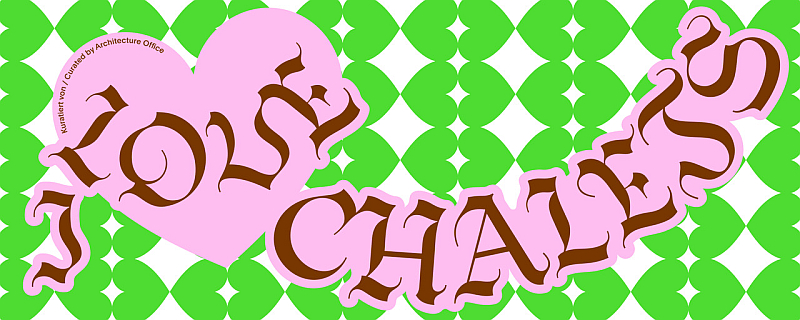
As oft opined and discussed in these dispatches, there is a continual and ongoing interplay between human society and its objects of daily use, a continual flow of influence and guidance and feedback between the rituals, practices and positions of any and every society and the objects it develops and uses. And always has been, even before design (and architecture) were things and claimed a primacy of and for expression of that innate condition.
An interplay, and recent role of creatives in that interplay, that Pirouette. Turning Points in Design should help visualise and allow for wider reflection on via a presentation of projects from across a wide range of design genres realised since the 1930s, including, and amongst many others, the Emoji as a novel form of communication; Multiform by Studio Fontana, a rethinking of school sport as more than just either professional sport played in schools or the training for War school sport originated as; or Nifemi Marcus-Bello's For the Community by the Community – Handwashing Station, a project initiated by the Covid pandemic that became a wider reflection on, and solution for, sanitation in Nigerian hospitals.
And a project initiated by the Covid pandemic that reinforces that the impetus for the novel is often more enforced than sought. And always has been. While the inclusion of projects such as, for example, Christien Meindertsma's Flax Chair or the Macintosh 128K home computer should reinforce that novel materials, novel processes and novel technology are also important drivers. And always have been.
Thus a presentation that through enabling an alternative viewing of the familiar everyday should not only allow for fresh perspectives on that familiar but also on how the everyday arises, develops, evolves and passes into a blithely accepted invisibility.
Pirouette. Turning Points in Design is scheduled to open at the Museum of Modern Art, MoMA, 11 West 53 Street, Manhattan New York, New York, 10019 on Sunday January 26th and run until Saturday October 18th. Further details can be found at www.moma.org
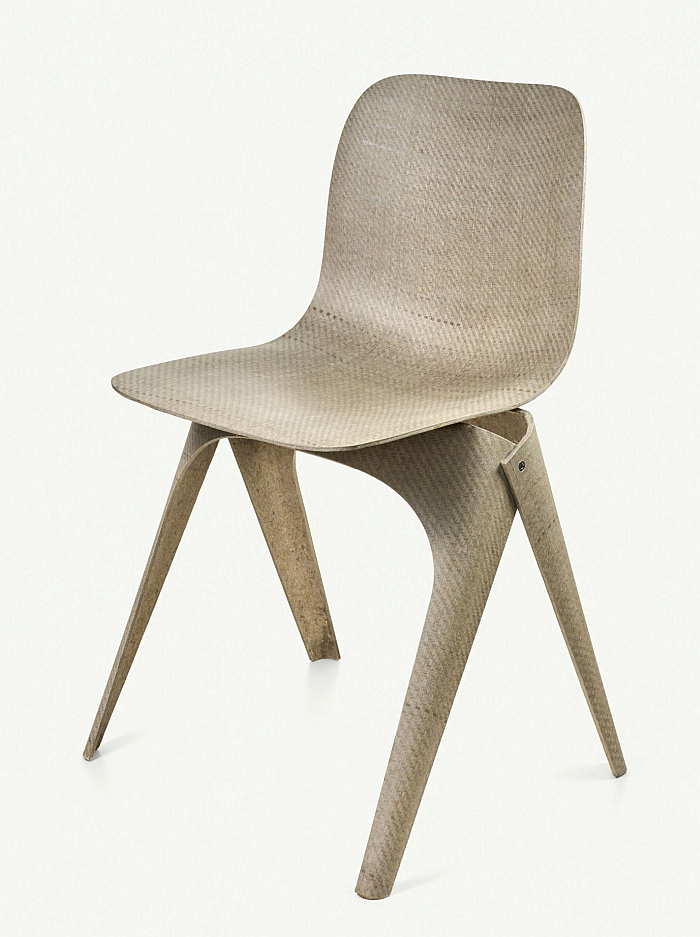
In January 1810 Alexander von Humboldt wrote to Johann Wolfgang von Goethe "die Natur muß gefühlt werden; wer nur sieht und abstrahiert, kann ein Menschenalter im Lebensgedränge der glühenden Tropenwelt, Pflanzen und Tiere zergliedern, er wird die Natur zu beschreiben glauben, ihr selbst aber ewig fremd sein", 'nature must be felt; anyone who only sees and abstracts can spend a lifetime in the vital, bustling, fervent tropical world analysing plants and animals, and while he will believe he is describing nature, he will forever be a stranger to it.'
In January 2024 Lentos Kunstmuseum, Linz, invite us to feel nature, or perhaps more accurately, with Touch Nature, Lentos Kunstmuseum, will present a compilation of the results of a series of artistic projects initiated and hosted between 2021 and 2024 by a dozen Austrian Kulturforen in countries such as, for example, Rumania, Turkey, Italy or the USA in which local creatives cooperated with Austrian creatives; Kulturforen sponsored projects complimented and expanded by the curators with selected international works to a show featuring over 100 artists which promises a variety of artistic positions on and responses to contemporary ecological, economic, political and humanitarian realities. And which in doing so and being such will invite us all to learn to approach the natural world in which context we all exist beyond the physical viewing and conceptual abstraction we've become habitually prone to, and to learn to feel the world around us as Humboldt once admonished.
And thereby to also feel its pains. And, potentially, hopefully, provide an impetus to reflect on your own contribution to the discussed realities, to the pains, and thus to approach questions of how we can all contribute to enabling a new, less painful, reality, enabling new relationships with, a natural world that in many regards remains as much a stranger in 2024 as it was in 1810.
In addition Touch Nature should also help underscore that while art in all its variety can respond to, criticise and motivate, on it's own it can't change, that is where architecture and design in all their variety come into play. Thereby helping reinforce that the three need each other every bit as much as humans in all our variety need the planet's flora and fauna in all its variety.
Touch Nature is scheduled to open at Lentos Kunstmuseum, Ernst-Koref-Promenade 1, 4020 Linz on Friday January 24th and run until Sunday May 18th. Further details can be found at www.lentos.at
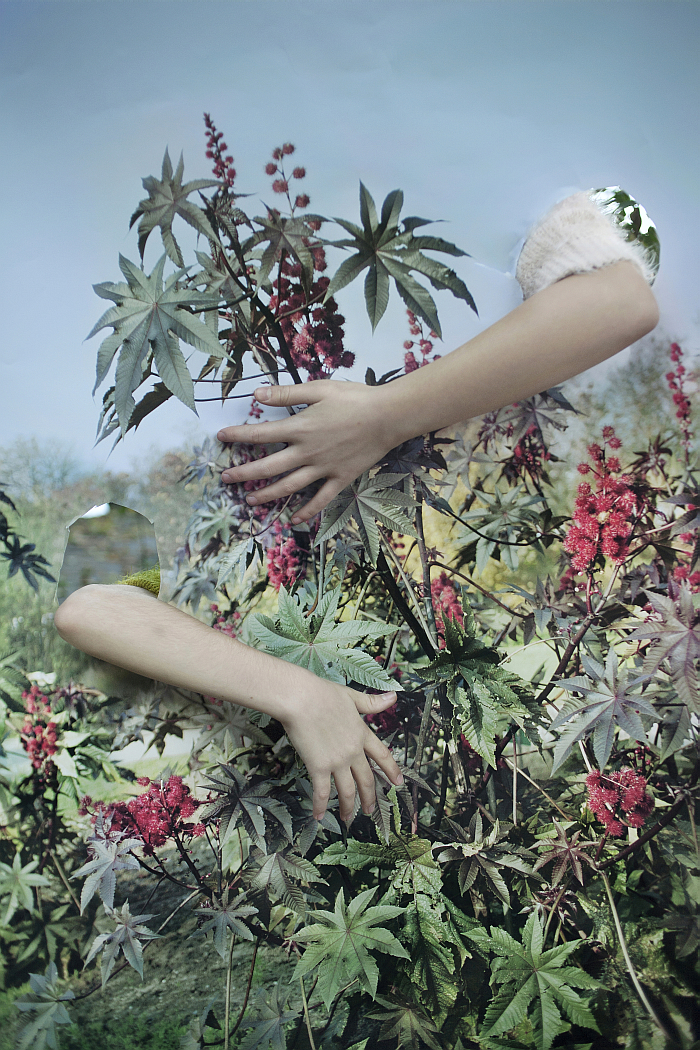
Glass is without question one of the more responsive and durable of all materials, a material that has effortlessly moved between, and continually blurred the lines between, art, craft, applied art and design. An existence of a solid fluid material across the solid fluid borders of creativity succinctly embodied by Finland's Iittala glassworks.
An Iittala glassworks that arose in the late 19th century as craft became increasingly industrialised and as the processes of form-giving and production became increasingly autonomous of one another, and which as the 19th century gave way to the first the 20th and subsequently the 21st century, embraced the positions of a wide variety of creatives including, and amongst a great many others, Aino Aalto, Tapio Wirkkala, Kaj Franck, Harri Koskinen or Ronan and Erwan Bouroullec.
And an Iittala that over a large part of its (hi)story was guided and influenced by an artist who is often hidden in the shadows of others. Unfairly shadowed. An unfair shadowing from which Aalto2 aim to free him.
Born in 1915 Erkki Vesanto, for it is he, joined Iittala in 1936, aged just 21, as the institution's first full-time designer, and remained with Iittala until his retirement in 1980; four decades in and with Iittala during which Vesanto not only saw his own designs realised, designs which played an important role in establishing the reputation and relevance of the Iittala glassworks, but during which, not least in context of his role as head of the Iittala Drawing Office, he was a key figure in enabling the realisation of a great many of the projects by, enabling a great many of the creative concepts of, those 20th century designers who have been so influential in not just the (hi)story of Iittala but of utilitarian glass. And whose shadows so often shroud a Vesanto without whom their shadows would be a little smaller.
Promising a presentation that in addition to the works of Erkki Vesanto will also discuss Vesanto's wider contribution to Iittala including his role in creating the Iittala catalogues and as the founding Director of the Iittala museum, Glass designer Erkki Vesanto should not only allow for a comprehensive introduction to an important and instructive creative but also provide a reminder that in all creative genres the big names lit up in stars are dependent on a lot of less well illuminated, but every bit as important and talented, protagonists.
Glass designer Erkki Vesanto is scheduled to open at Aalto2, Alvar Aallon katu 7, 40600 Jyväskylä on Friday January 17th and run until Sunday May 11th. Further details can be found at https://aalto2.museum
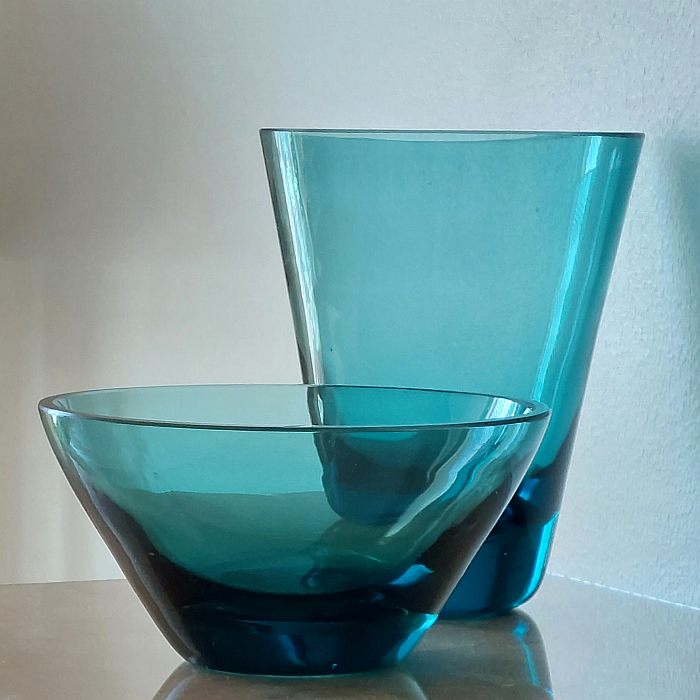
The starting point for formulating any questions as how to approach possible solutions is always understanding the basics of the problem in as much of their complexity as contemporary conditions allow. While always accepting that the future will enable access to differentiated, occasionally better, understandings.
If basics, and questions, we only very rarely consider, racing as we all are for the solutions.
With Soil. The World at Our Feet Somerset House invite us all to stop for a minute and to consider a material, a context, that although ever present is normally only a focus when it itself becomes a problem through making things dirty, but which can provide access to some of the basics of our contemporary environmental and social challenges.
Presenting its narrative in the course of three chapters — Life Below Ground, Life Above Ground and Hope — populated by artworks, historical objects and scientific/documentary artefacts by/from creatives and academics of various hues such as, for example, and amongst others, Theo Panagopoulos, Alexandra Daisy Ginsberg or the ever joyously monickered, Marshmallow Laser Feast Soil. The World at Our Feet should allow for a viewing of soil that not only allows for novel appreciations of what soil is, what soil can be and should be, but for all a viewing that allows for more nuanced and responsive perspectives on the natural environment, the social environment and our complex, active, unstable, relationships with them.
Soil. The World at Our Feet is scheduled to open at Somerset House, Strand, London WC2R 1LA on Thursday January 23rd and run until Sunday April 13th. Further details can be found at www.somersethouse.org.uk
